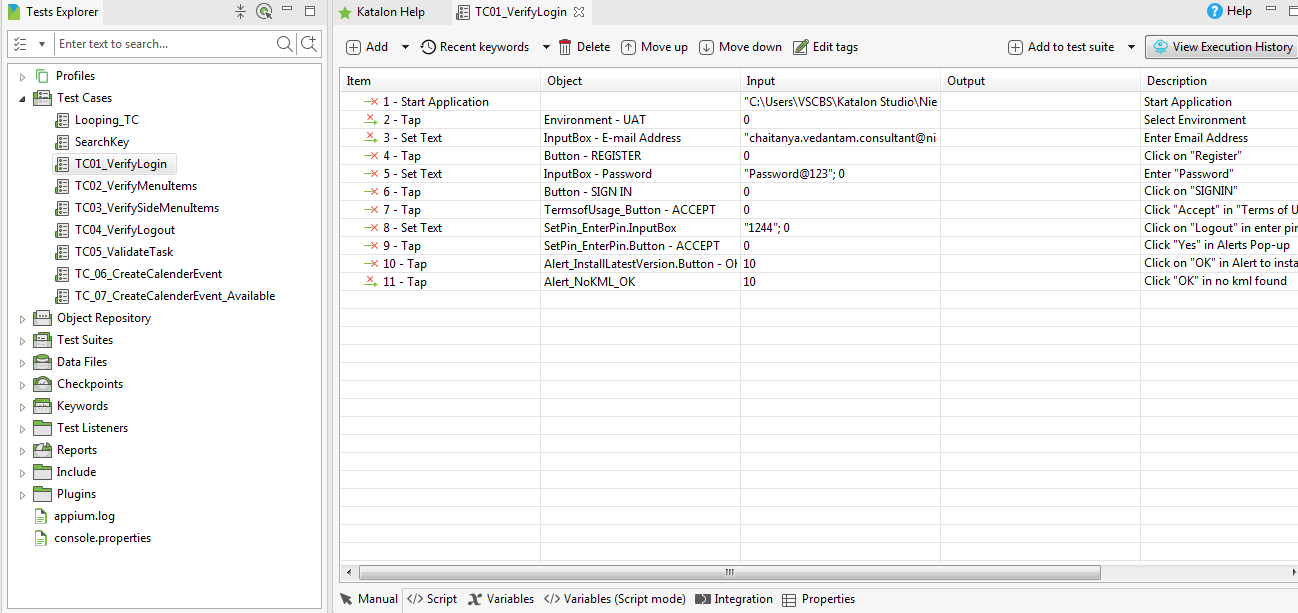Agile methodology has changed the way software development to deployment is carried out. Accordingly, the software testing industry is also evolving rapidly to be more efficient and reduce coding efforts of testing team. Here we discuss how codeless automation testing can reduce the testing process time while ensuring better software testing efficiency.
What is Codeless Automation Testing?
As defined by CloudQA, "codeless testing is a method where testers record user-like behavior to automate them. While a tester can generate most of the tests code for free, certain tests may still need some coding."
Writing automation scripts can be challenging as the code needs to be written in all appropriate programming languages which is difficult and time-consuming. There are many problems with writing automation test code.
- Errors in the script takes time to debug
- difficult to know which language the script should be written in
- Testers must have good scripting language
Codeless test automation overcomes many of the challenges of regular test automation. Codeless test automation generates code automatically. The goal of test automation is to reduce time and resources. Creating test environments and writing test scripts can be impossible to pull off with tight project deadlines which reduces the benefit of test automation in the first place. The solution to this problem is codeless test automation.
Codeless Automation Tools
Top tools for Codeless Automation Testing
How Codeless Automation Testing Works
Codeless automation generally operates in two ways:
- Record and play
- Select the action items, create the flow, run the test
In record and play, a tester manually performs the testing while the tool records each action which creates the script. This script can be edited based on requirement changes.
Here no need to write scripts, for every action we need to perform on the Test application there will be an item, Sample items:
- To open the mobile application “Start Application”
- To open Web Browser “Open Browser”
- To enter the text “Set Text” Ex: Username/Password
- To click “Tap”
- To add time delay “Delay” etc. items are used
Note: Item names may vary for each tool
Testers should list all useful locators as objects and inputs. Fields like “Username” or “Password” can be added to the input field like static inputs or made dynamic.
Most codeless automation tools related action items are shown based on the area we are testing like Mobile or Web. If we are testing web users select “Web UI Keywords,” for Mobile “Mobile Keywords.” This makes it easier to write and/or debug related keywords and select action keyword drop-downs (refer to the below image).

Figure: Codeless Automation Testing Test Execution History
Benefits of Codeless Automation Tools
- Testers can evaluate and test functionality, without manually creating tests
- More cost effective compared to traditional test automation tools
- Tests can be created quickly and easily
- Generate testing reports easily
- Effortless integration of bug tracking and test management tools
- Easily maintain and manage complex tests
- Training is easy, no programming background required
















